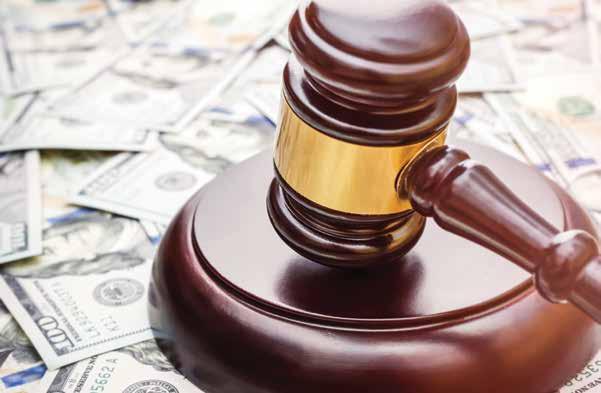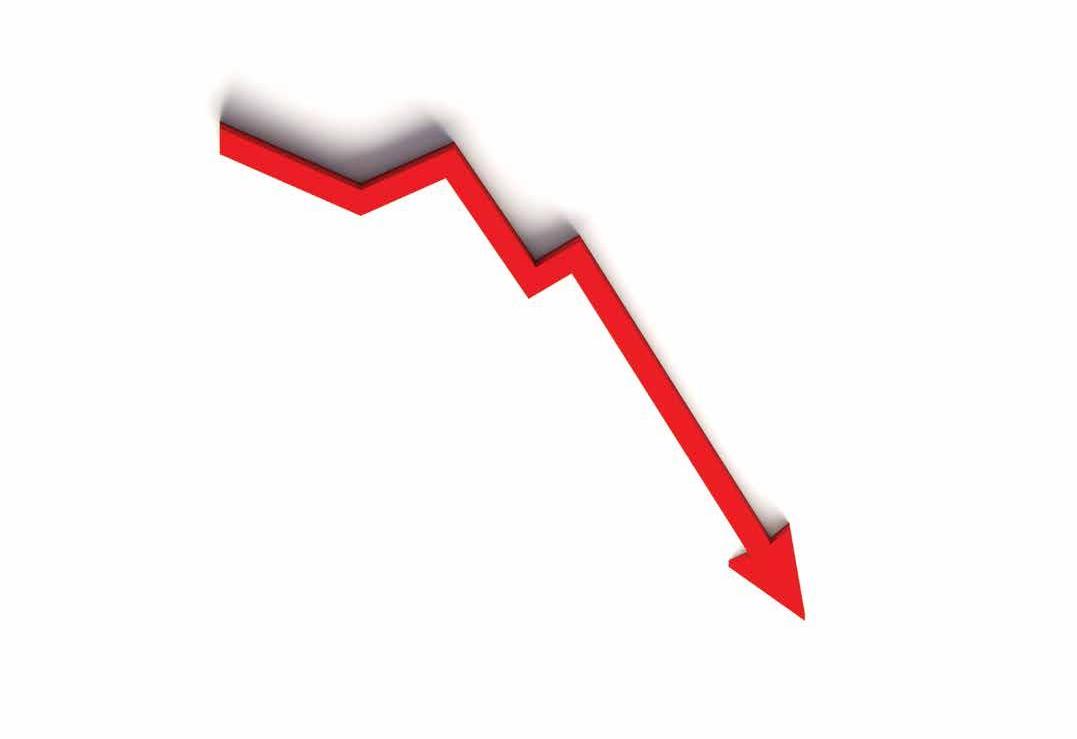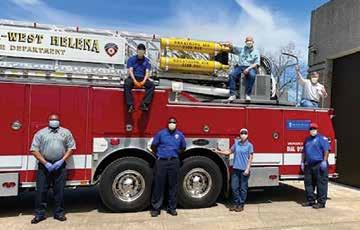Commercial Lenders: Are you ready for this troubled economic time?
e
very lender has experienced that scenario where they get notice that one of their loans is in default and they begin preparing for a workout. Most lenders have also had that scenario turn into a nightmare once they discover that the financing statement that was intended to place a lien on the borrower’s equipment was never filed. What is the next step? What if the borrower files bankruptcy? Are there other liens out there?
In a thriving economy, the severity of issues like these are lessened. Low default rates and healthy balance sheets tend to make loan documentation errors fade into the background. When the economy turns, however, these mistakes raise their ugly heads. During the Great Recession, and specifically for the 10 quarters following the third quarter of 2008, total commercial loans and leases fell by a total of $1.3 trillion—a 16.2% drop for their peak. During that same time period, there were approximately $412 billion in commercial real estate loan defaults. The commercial loan default rate ballooned from .3% to almost 6%. Commercial lenders may now be facing an even more daunting challenge. Credit Suisse recently estimated that the second quarter GDP will contract by 33.5%. In other words, the period from April 1 to June 30 is shaping up to be the worst quarter on record going back to 1945. According to data from the Department of Labor, 22.4% of Americans who were in the labor force before the coronavirus pandemic (162.9 million) filed 36.5 million unemployment claims in the eight weeks between mid-March and mid-May 2020. The recent economic downturn gives lenders the ability to revisit how they handle loan defaults and workouts. The immediate goal of a commercial lender during a tumultuous economic period is to ensure that its loan is properly documented and the collateral is secured, to establish an open line of communication with the borrower, and, in the event of a workout, to create documentation that will make the loan enforcement process cleaner, safer and more efficient. Below are a few ways lenders can accomplish these goals.
36
The Arkansas Banker n Summer 2020
By Kelly W. McNulty
Identify Problems and Issues
Once a loan goes into default, the first thing every banker should do is gather all loan documentation associated with the loan to ensure everything they thought was in the file is actually in the file. The lender should check that the promissory note, the mortgage, the security agreement, the assignment of rents, the guaranty and similar documents are all found, and make sure that all documents are signed and include all of the relevant information. An unsigned security agreement can turn a fully secured loan into a general unsecured claim. All loan documents should correctly note the loan number and have the correct borrower. We have all seen loan documents that have one name on the front, but have the signature of another entity or person on the signature page. If there are deficiencies, the lender should immediately determine exactly what actions are needed to shore up any issues. If the mortgage or UCC-1 financing statement were not recorded—have them recorded immediately. If the guaranty is not signed, contact the borrower and have them sign it (the use of a forbearance agreement will be discussed in more detail below). Are the inventory or equipment lists up-to-date? To complete most of these tasks, the lender will have to communicate with the borrower, and that presents an opportunity for the lender to become more intertwined with the borrower and his or her business.
Be An Asset to Your Borrower
One of the main complaints most borrowers have is that they are not able to communicate openly and regularly with their lender. This communication issue is also prevalent for lenders when there is a default. Borrowers have a history of disappearing once the loan goes into default. Lenders can take a few simple steps to avoid this problem and to facilitate the workout process. Set Up a Meeting. When was the last time you visited the borrower’s business? Such a visit allows the lender to not only improve their relationship with the borrower, but it also al-
























